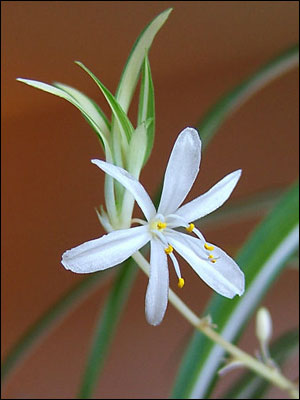





Homework:
UP 21-23:

The next scribe will be chloe!
Today was a pretty average day in biology.
Homework:
Here are the notes in case anyone missed them, the next scribe is Dana!
Digestion:
Mouth:
Esophagus:
Stomach:
Small Intestine:
Acessory Structures:
Tuesday, March 22 Scribe Post! Today we started class by turning in our Flower Lab ( UP 41-44). Next we went over the Plant of The Day... which is called the "String of Pearls" (Senecio rowleyan). We learned that this plant is native to dry regions in south west Africa. It's leaf shape reduces the surface area to prevent water loss. It is also a "succulent" plant, which means that it is a water-retaining plant.[Image] [Image] Immediately after going over the P.O.D, Mrs. Stein asked us if we had any questions about the Lab quiz that we had today. After reviewing for a couple minutes, it was finally time to take the quiz. Then, after we took the quiz, we took a few notes about POLLINATION. Here are just a few KEY points that we took notes on: ~Pollination is the transfer of pollen from anther to stigma.~Self Pollination.~Cross Pollination.~Fertilization.~Double fertilization.~Coevolution.~Cross Pollination methods -Can be pollinated by wind and also a vector pollinator!~Seed Dispersal -Wind, Barbs that stick to animals, animals eat/excrete seeds. The HOMEWORK is as follows: -UP 45-46 colorcode. -Read 704 & 705. -PRESENTATIONS DUE TOMORROW Before 8:00 am! -Weird plants practical test on Thursday. -Plant TEST on Friday!!! The Next Scribe will be............ Natalie! Labels: CarolineR, Period2, Plant unit, Plants, scribe |






 After doing the Demo lab shown above, we did a virtual lab at our lab stations. In this lab we also looked at transpiration, and we used the booklet shown below, to help determine the rate of transpiration.
After doing the Demo lab shown above, we did a virtual lab at our lab stations. In this lab we also looked at transpiration, and we used the booklet shown below, to help determine the rate of transpiration. We pretty much worked on the lab until class ended.
We pretty much worked on the lab until class ended. 


 So to start of here are just a couple of photos of just a few of the 9 lab stations. You have station 5's radish plant were we learned about how the sunlight effects the plants growth. In this case the plant will actually tilt itself towards the light. Also in station 5 there was the corn. The corn showed the effect of gravity on a plant and its roots. Roots alway grow down because of gravity so when looking an the sideways corn seeds all the roots are trying to go
So to start of here are just a couple of photos of just a few of the 9 lab stations. You have station 5's radish plant were we learned about how the sunlight effects the plants growth. In this case the plant will actually tilt itself towards the light. Also in station 5 there was the corn. The corn showed the effect of gravity on a plant and its roots. Roots alway grow down because of gravity so when looking an the sideways corn seeds all the roots are trying to go 

-light reaction
-Calvin cycle
Chloroplast Structures
After the notes with finished a lab we had started called the pigment lab. i cant get the pictures uploaded but it was a cool lab. What we did was take 2 leaves, a spinach leaf and red leaf and used a coin to crush and press pigment onto a Chromatography paper After that we took the paper rolled in, stapled it, and dropped it into a solution for 10 minutes. When taking it out we saw an array of colors separated on the paper. These colors were the pigments found in the plant. In the paper there was 2 greens, 2 yellows, and a red. Whereas in the spinach leaf we saw only 2 greens and 2 yellows. This shows us that even though you may only see red or green, there can still be many many more pigments. That's why even though the red leaf is red there is still chlorophyll to carry out photosynthesis.
homework:
Fridays Class
Today in class we went down to the lab to work on our National Parks paper. We also went over how do do a correct PowerPoint...
the homework is;
Note: Energy is what makes you do stuff, and ATP has Adenine, Ribose, and 3 Phosphate Groups
Homework:

A Spider Plant Flower.
Next Scribe is...Alex.






Agenda
1.Hand in UP 19-27
Hand in profile
2. Discuss invertebrates + AOD
3. Work on Arthropod lab UP 28-31
Homework
1. Finish UP 29-31
2. see moodle for reading assignments
3. TV ad- 2/2/11










 |
| That is my CAR behind Max!!! |
 back our breakfast for birds lab (UP 4-8). We then spilt into partners or worked by ourselves and did a Evidence for Evolution quiz on such terms as Homologous, vestigial and analogous structures. We then graded our quizzes in class and took a few notes on the terms:
back our breakfast for birds lab (UP 4-8). We then spilt into partners or worked by ourselves and did a Evidence for Evolution quiz on such terms as Homologous, vestigial and analogous structures. We then graded our quizzes in class and took a few notes on the terms: